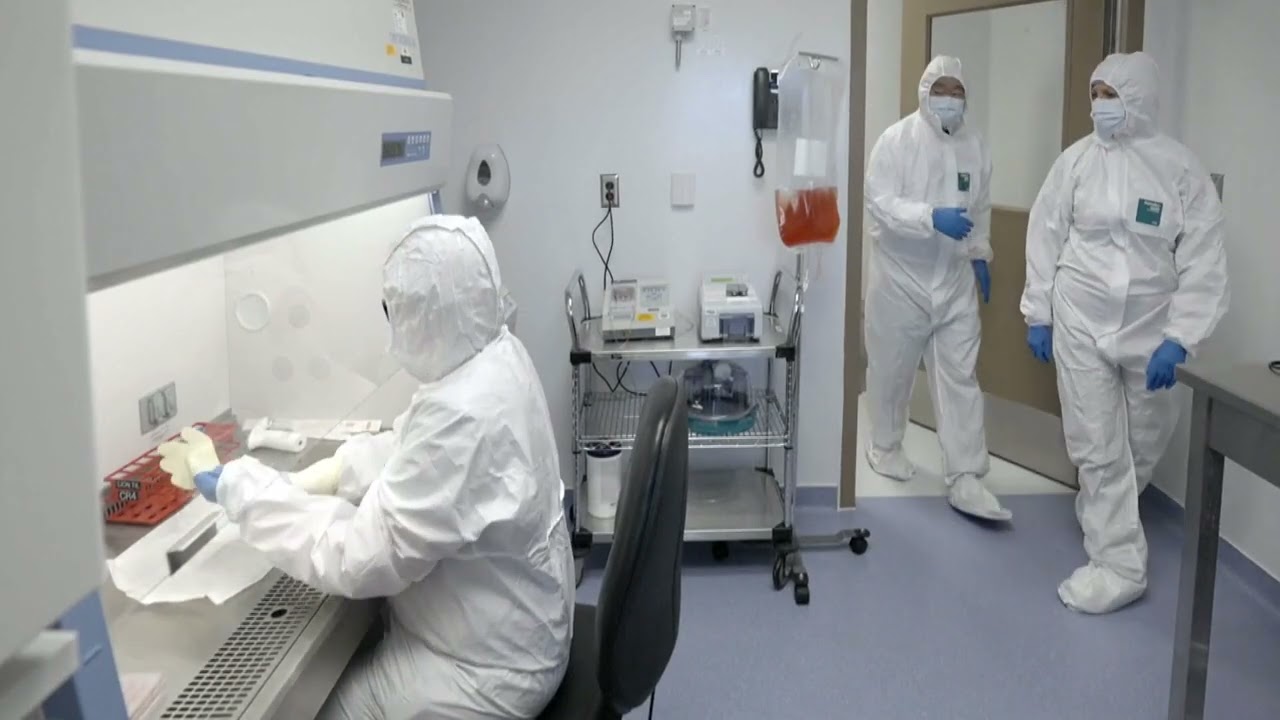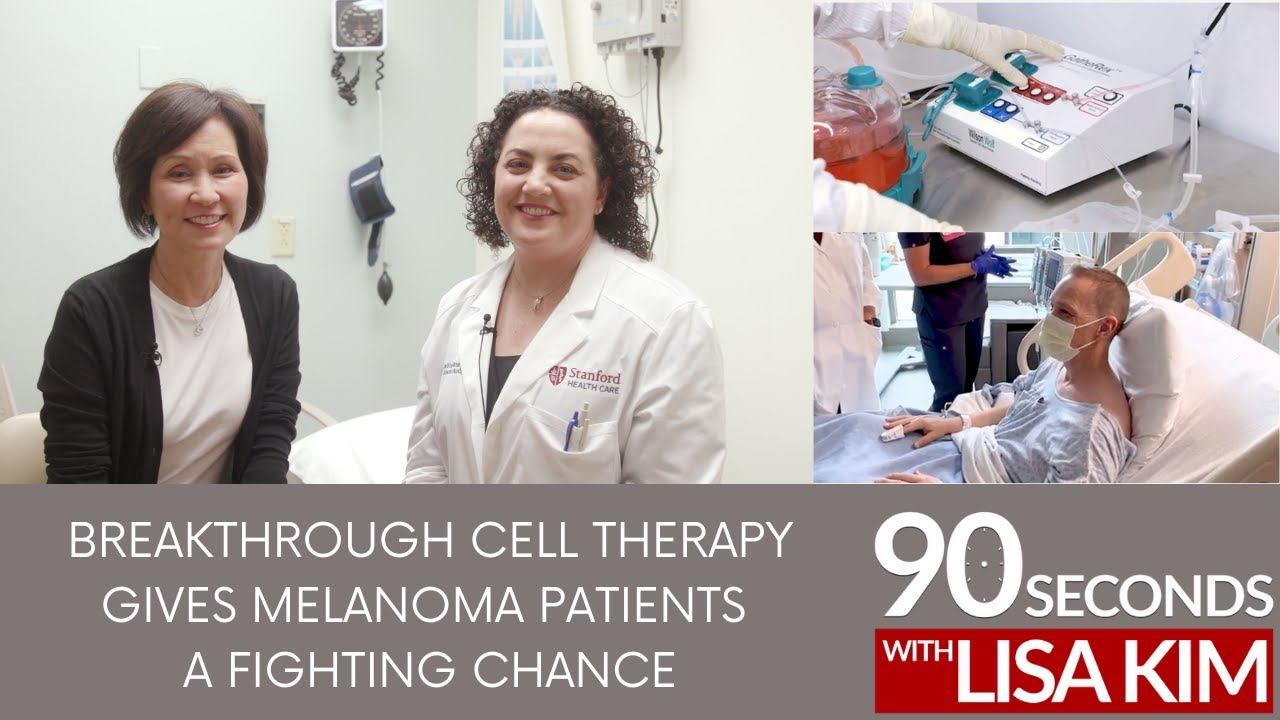The Oncology Channel
NEW YORK (Reuters Health) – Physicians caring for women who are at increased risk for breast cancer should discuss with them the risks and benefits of specific chemoprevention agents to lower their risk.
The need for better communication on the topic is highlighted in the latest iteration of the American Society of Clinical Oncology (ASCO) practice guideline on the use of pharmacologic interventions to reduce breast cancer risk.
As the authors of the advisory point out, “It has been estimated that >2 million women in the United States could benefit from chemoprevention agents. Nevertheless, these agents are infrequently used by women for breast cancer risk reduction, even among those with a favorable risk-benefit profile.”
The guideline’s focus is on women at least 35 years old without a history of breast cancer but who have a 5-year projected absolute risk of breast cancer of at least 1.66%, based on the National Cancer Institute Breast Cancer Risk Assessment Tool, or have lobular carcinoma in situ (LCIS). It updates the last version issued in 2009.
The current recommendations are based on data from 19 recent phase III RCTs or meta-analyses covering the use of four selective estrogen receptor modulators or SERMS (tamoxifen, raloxifene, lasofoxifene, arzoxifene) and two aromatase inhibitors (exemestane and anastrozole) to reduce the risk of developing breast cancer. The guideline panel concluded that there was sufficient evidence to make recommendations for tamoxifen, raloxifene and exemestane, but not the other agents.
As summarized in the Journal of Clinical Oncology online July 8, trial data indicate that, compared to placebo, tamoxifen reduces the risk of ER-positive breast cancer by 31%-67%. Based on results from one trial, “after a median follow-up of 4.6 years, tamoxifen and raloxifene were equally efficacious in reducing the incidence of breast cancer overall and of ER-positive invasive breast cancer in postmenopausal women.”
The guideline recommends that tamoxifen at 20 mg/day taken for 5 years “should be discussed as an option to reduce the risk of invasive breast cancer, specifically ER-positive breast cancer” in premenopausal or postmenopausal women at increased risk.
Raloxifene (60 mg/day for 5 years) should also be discussed as an option for postmenopausal women, while exemestane (25 mg/day for 5 years) should be discussed as an alternative to tamoxifen and raloxifene, according to the recommendations.
Previously, the guideline stated that the use of these tamoxifen and raloxifene “may be offered” rather than “should be discussed”. The change in language was needed “given the weight of evidence from phase III randomized trials demonstrating a reduction in breast cancer risk for both tamoxifen and raloxifene,” explain co-chair Dr. Kala Visvanathan, at Johns Hopkins Medical Institutions in Baltimore, Maryland, and colleagues.
Contraindications to the use of these agents, and possible adverse effects, are also spelled out in the guideline. The authors say these risk factors, as well as potential benefits, should be included in discussions with patients about the use of chemoprevention agents, along with information on their long-term effectiveness and practical issues such as cost and accessibility.
The paper outlines several issues that remain unresolved, including ways to educate providers about chemoprevention options, and interventions that can clearly convey risks and benefits to eligible women.
The paper notes that clinical tools and resources for physicians and information for patients can be found at http://www.asco.org/guidelines/bcrr.
SOURCE: Use of Pharmacologic Interventions for Breast Cancer Risk Reduction: American Society of Clinical Oncology Clinical Practice Guideline
J Clin Oncol 2013;31.








